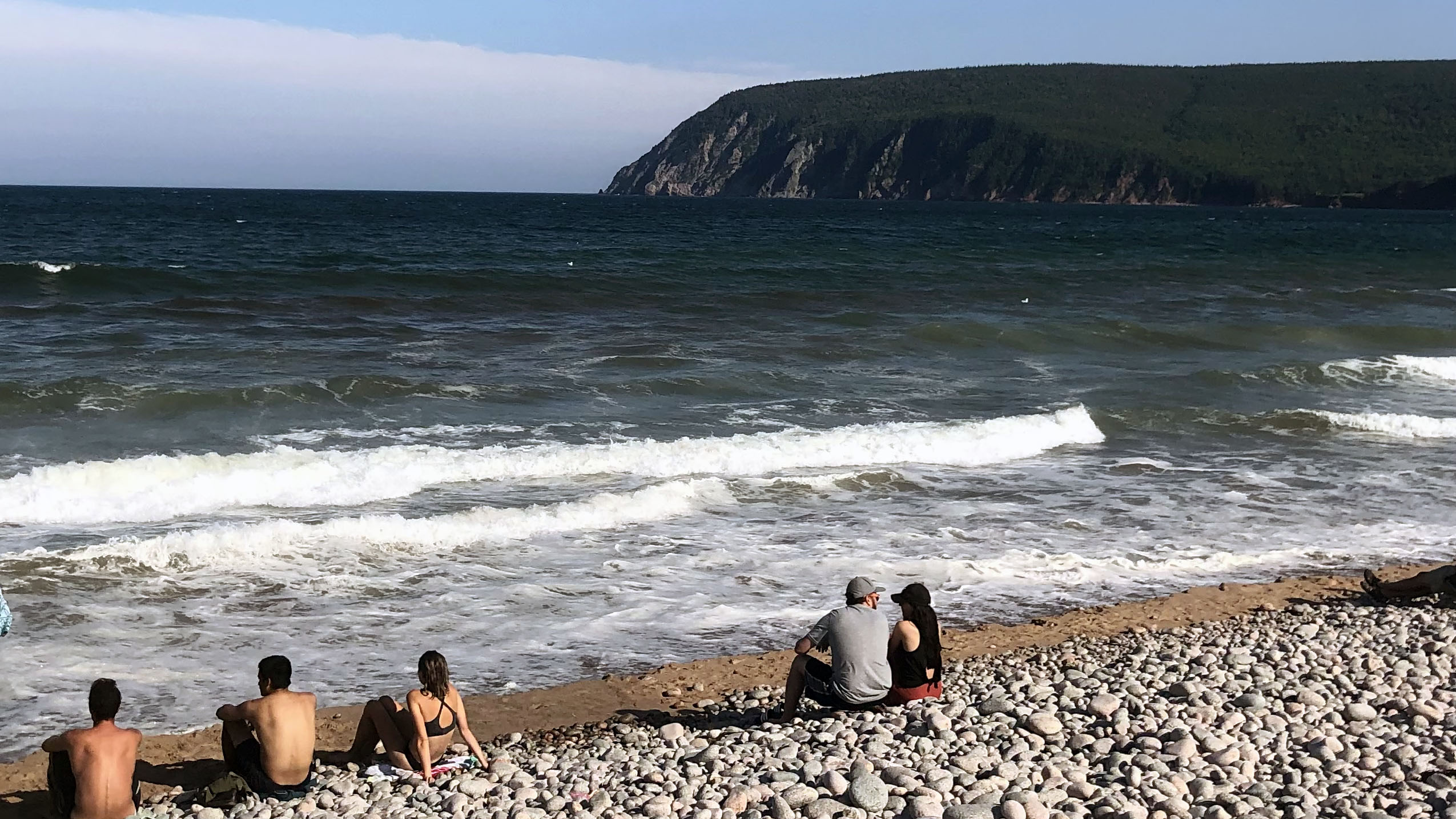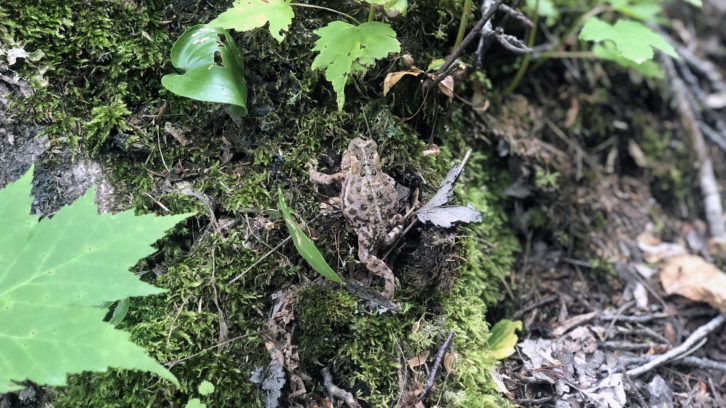UINR shares Mi’kmaq perspective at COP15 to protect biodiversity for generations to come
UN convention on biological diversity runs until Dec. 19

caption
Beachgoers enjoy Ingonish Beach in Cape Breton. Mi'kmaq delegates from Cape Breton are attending a major biodiversity conference in Montreal this week.An organization that advocates for Mi’kmaq values is at a UN convention on biological diversity to share their perspective and harness information from other Indigenous communities.
Unama’ki Institute of Natural Resources (UINR) is at the summit in Montreal to help set new biodiversity targets for 2050. It is the 15th meeting of the Conference of Parties (COP15) to the UN Convention on Biological Diversity. Goals for the summit include protecting 30 per cent of land and water biodiversity before 2030.
“It is a very important discussion that they’re having in terms of what comes out of this because it could very well help advance some of the work that the Mi’kmaq are doing in Nova Scotia,” said Lisa Young, executive director of UINR, in an interview on Thursday.
Biodiversity refers to all life on Earth, including plants, animals, insects and humans.
Young said that the work that UINR is doing is aligned with what people at the conference are saying about conservation of biodiversity and is why First Nation communities internationally are trying to advance this work.
“What they’ve been talking about a lot at COP is that there is this need for this entire shift and approach in values,” said Young. “One of the things that I mentioned at the conference is ‘Well, you don’t have to look far. Indigenous communities have been doing this for thousands of years.’ ”

caption
Biodiversity refers to all living things on Earth.UINR, which represents the five Mi’kmaq communities in Cape Breton, has been leading the Priority Places for Species at Risk Program in the Bras d’Or watershed and has assisted Nova Scotia with the Mi’kmaq Forestry Initiative, Indigenous Protected and Conserved Areas (IPCAs), and guardianship programs like Earth Keeper. IPCAs and the Mi’kmaq Forestry Initiative are both province-wide projects.
Young said she spoke on a panel on adopting new goals and values for human and nature relationships at the three-day Solutions to the Underlying Causes of Biodiversity Loss event hosted by SNAP Quebec, as part of COP15.
She said UINR shared the tie between Mi’kmaq values and the projects they are working on.
At the conference, Young explained Mi’kmaq values like Etuaptmumk, Msit No’kmaq, and Sespite’tmnej.
Etuaptmumk, or two-eyed seeing, means using both Indigenous knowledge and western knowledge to encourage co-learning and decision-making between Mi’kmaq and settlers.
Msit No’kmaq means all my relations, speaking to the idea that everything is connected. Sespite’tmnej refers to how the Mi’kmaq will take care of something in a meaningful way.
Young said that the work UINR has been asked to share at the meeting provides a path forward and a case-by-case basis for this shift to work.
This is UINR’s first time at the conference.
Other researchers
Anna Metaxas, professor of oceanography at Dalhousie, is also at the summit. She said on Wednesday that the biodiversity of some parts of the ocean around the province are still intact, but those areas are very deep.
She said that we need to ensure that Mi’kmaq communities and their rights are fully respected in order to reach the targets being discussed.
“We know that they have been stewards of the land for a very, very long time and they are probably the best equipped to understand our land and oceans in a more holistic view.”
COP15 ends on Dec. 19. Part of the conference involves negotiations between world leaders on sustaining global biodiversity.

